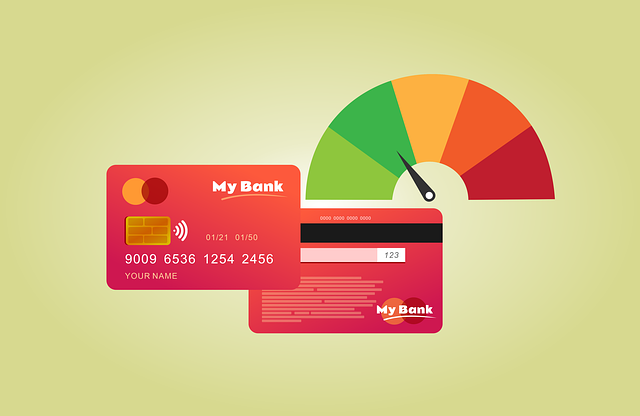In real estate investing, a low debt utilization ratio (below 30%) signifies fiscal responsibility and enhances creditworthiness, leading to better loan terms with lower interest rates. Investors should focus on diversification, strong lender relationships, regular mortgage reviews, and disciplined spending to manage debt effectively. This strategic approach not only stabilizes cash flow but also builds equity, protects investments during downturns, and promotes long-term financial stability.
“Achieving financial stability in real estate investing starts with understanding and managing your debt utilization ratio (DUR). This crucial metric represents the amount of debt you carry compared to your total assets, offering insights into your financial health. A low DUR signifies fiscal responsibility and opens doors to lucrative opportunities. In this article, we’ll explore effective strategies to reduce and maintain a healthy debt level in real estate, ensuring long-term benefits that can propel your investment journey.”
Understanding Debt Utilization Ratio: The Key to Financial Health

Debt utilization ratio, a crucial metric in assessing financial health, represents the amount of debt an individual or entity uses compared to their total credit capacity. In the context of real estate, it’s particularly relevant as properties often serve as collateral for loans. A low debt-to-utilization ratio indicates fiscal responsibility; it means you’re utilizing a smaller portion of your available credit, leaving room for unexpected expenses and opportunities without being burdened by excessive debt.
Maintaining this ratio below 30% is generally recommended. This prudent approach ensures financial flexibility, enhances creditworthiness, and can even lead to better interest rates on future loans. For real estate investors, keeping a lean balance sheet with a low debt utilization ratio demonstrates stability, making them more attractive to lenders and potentially opening doors to expanding their portfolio.
Strategies to Reduce and Maintain Low Debt in Real Estate Investing

In real estate investing, maintaining a low debt utilization ratio is key to success. To reduce and manage debt effectively, investors should focus on several strategies. Firstly, diversification is essential; spreading investments across various properties and loan types minimizes risk. This approach allows for a more stable cash flow and reduces the impact of any single investment’s performance on overall debt levels.
Additionally, establishing strong relationships with lenders can provide access to favorable loan terms and conditions. Negotiating lower interest rates or securing loans with longer maturities effectively lowers the cost of borrowing. Regularly reviewing and refinancing mortgages is another strategic move; as market conditions change, so do mortgage rates, offering opportunities to lock in better terms. Staying disciplined, avoiding impulsive purchases, and consistently monitoring debt-to-income ratios are vital practices for real estate investors aiming to keep their debt utilization ratio in check.
Long-term Benefits of a Healthy Debt Utilization Ratio

Maintaining a low debt utilization ratio offers significant long-term benefits, especially in the context of real estate investments. A healthy debt-to-income ratio demonstrates financial responsibility and stability to lenders, making it easier to secure favorable terms when applying for mortgages or other loans. This can translate into lower interest rates, reduced closing costs, and more manageable monthly payments when purchasing property.
Over time, a prudent debt management strategy enables individuals to build substantial equity in their homes. With a low debt burden, homeowners are better positioned to invest in home improvements, increasing the property’s value. Moreover, a strong financial foundation allows for greater flexibility to navigate unexpected expenses or economic downturns without resorting to high-interest credit options, thereby safeguarding one’s real estate investment and overall financial health.






